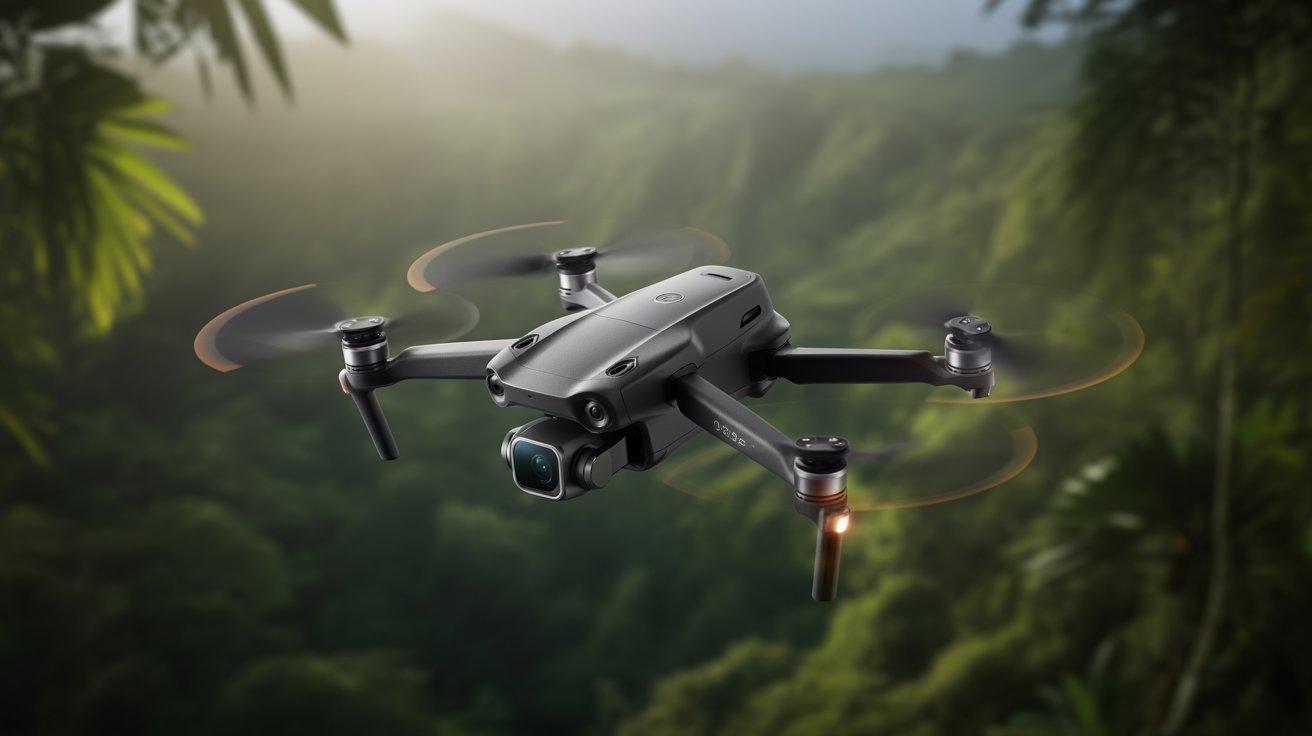The India drone (UAV) industry is entering a period of rapid transformation, shaped by regulatory support, defense requirements, and a surge in commercial applications across multiple industries. Progressive policy frameworks established by the Directorate General of Civil Aviation (DGCA) and the Ministry of Civil Aviation have been pivotal in streamlining drone operations, creating a strong foundation for large-scale adoption and innovation. These reforms are not only simplifying approval processes but also encouraging wider integration of drone technologies into India’s economic and security landscape.
The Global India Drone (UAV) Market size was estimated at USD 0.45 billion in 2024 and is predicted to increase from USD USD 0.47 billion in 2025 to approximately USD 1.39 billion by 2030, expanding at a CAGR of 24.4% from 2025 to 2030.

Defense & Security Driving Market Leadership
Among all segments, defense and security remain the cornerstone of drone adoption in India. Unmanned aerial vehicles have become indispensable for surveillance, reconnaissance, and payload delivery in challenging terrains, particularly in border areas. The growing regional security environment and the strategic imperative of safeguarding national borders have elevated the role of drones in modern warfare and intelligence operations. India’s emphasis on strengthening its defense ecosystem and achieving self-reliance in military technology further amplifies investments in indigenous drone systems. Consequently, the defense & security segment is expected to maintain its dominance throughout the forecast period.
Download PDF Brochure @
https://www.marketsandmarkets.com/pdfdownloadNew.asp?id=136782206
OEM Segment to Lead in Production and Supply
From a sales perspective, the OEM (Original Equipment Manufacturer) segment is projected to hold a stronger market position than aftermarket services. This is a direct outcome of government-led initiatives promoting “Make in India” manufacturing, rising domestic demand from both defense and commercial sectors, and advancements in homegrown drone technologies. Cost-effective production and the emerging potential for exports further reinforce India’s position as a competitive player in the global UAV ecosystem. OEM-led growth is also supported by sustained R&D investments and collaboration between private players and government agencies.
Technology and Commercial Expansion
While defense applications dominate, the commercial drone sector is also witnessing significant traction. Use cases such as precision agriculture, logistics, disaster management, infrastructure monitoring, and urban planning are gaining momentum. The integration of AI, advanced sensors, and real-time data analytics is redefining the efficiency and value of drone operations, broadening opportunities for industrial adoption. As India’s digital infrastructure expands, drones are becoming vital tools in enabling smart city initiatives and sustainable development.
Competitive Landscape
The Indian UAV market is highly competitive and features a blend of established defense players and emerging technology firms. Key companies include Paras Aerospace, ideaforge Technology, Garuda Aerospace, Tata Advanced Systems, Adani Defense, Asteria Aerospace, Newspace Research, and Dhaksha Unmanned Systems, among others. These organizations are leveraging strong R&D capabilities, diverse product portfolios, and strategic partnerships to capture market share. Their combined efforts are positioning India as not only a major consumer but also a producer and exporter of drone technologies.
Ask for Sample Report @
https://www.marketsandmarkets.com/requestsampleNew.asp?id=136782206
Future Outlook
India’s drone (UAV) market stands at a pivotal juncture, where defense imperatives, regulatory frameworks, and manufacturing capabilities intersect to create strong growth opportunities. With rising adoption across military and commercial sectors, robust domestic production, and an ecosystem of innovative players, India is on course to emerge as a global leader in UAV technology by 2030.
